Rocky Mountain Fire
History of Rocky Mountain Fire
The Rocky Mountain Fire District was overwhelmingly created by voters in November of 2006, and officially formed on January 1, 2007. The district was created from two prominent fire protection districts, the Cherryvale Fire Protection District, and the Eldorado Springs Marshall Fire Protection District.
Both districts shared common borders and were always available to help the other when called. In 2006 the boards from both districts started discussing sharing resources administratively and operationally. Out of the discussions it was decided to form one Fire Authority as a trial to determine if both districts should merge at a future date. Fire Authorities allow different districts to operate as one, under a common agreement, without dissolving the individual tax districts. Throughout 2006 the Fire Authority Board of directors, made up of members from both the Cherryvale and Eldorado Springs boards, governed the day to day operations of both fire districts. This board directed the chiefs of both districts to work together to merge the separate district operations. Under the direction of Chief Mike Tombolato, and Chief Ray Proulx, operations for both districts were merged into one. As a result the Fire Authority Board made recommendations to the Cherryvale and Eldorado Springs Boards, that the two districts be merged into one. This was accomplished in the 2006 general election. Cherryvale and the Eldorado Springs Marshall Fire Protections Districts dissolved into the Rocky Mountain Fire District.
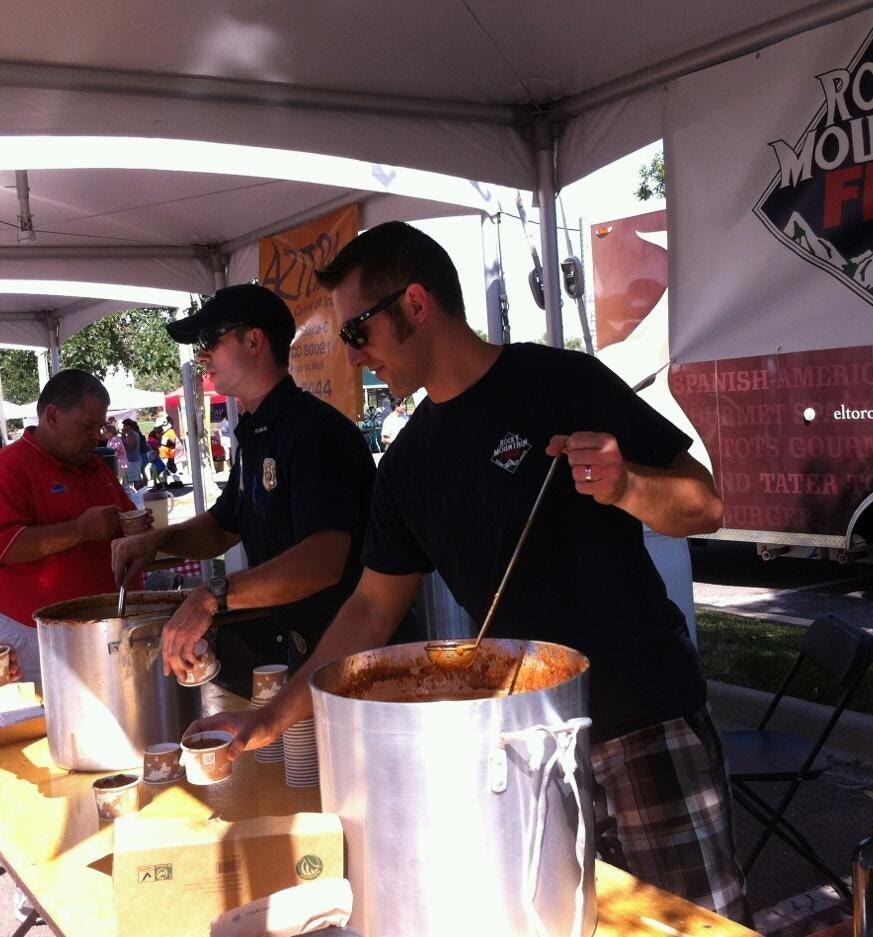
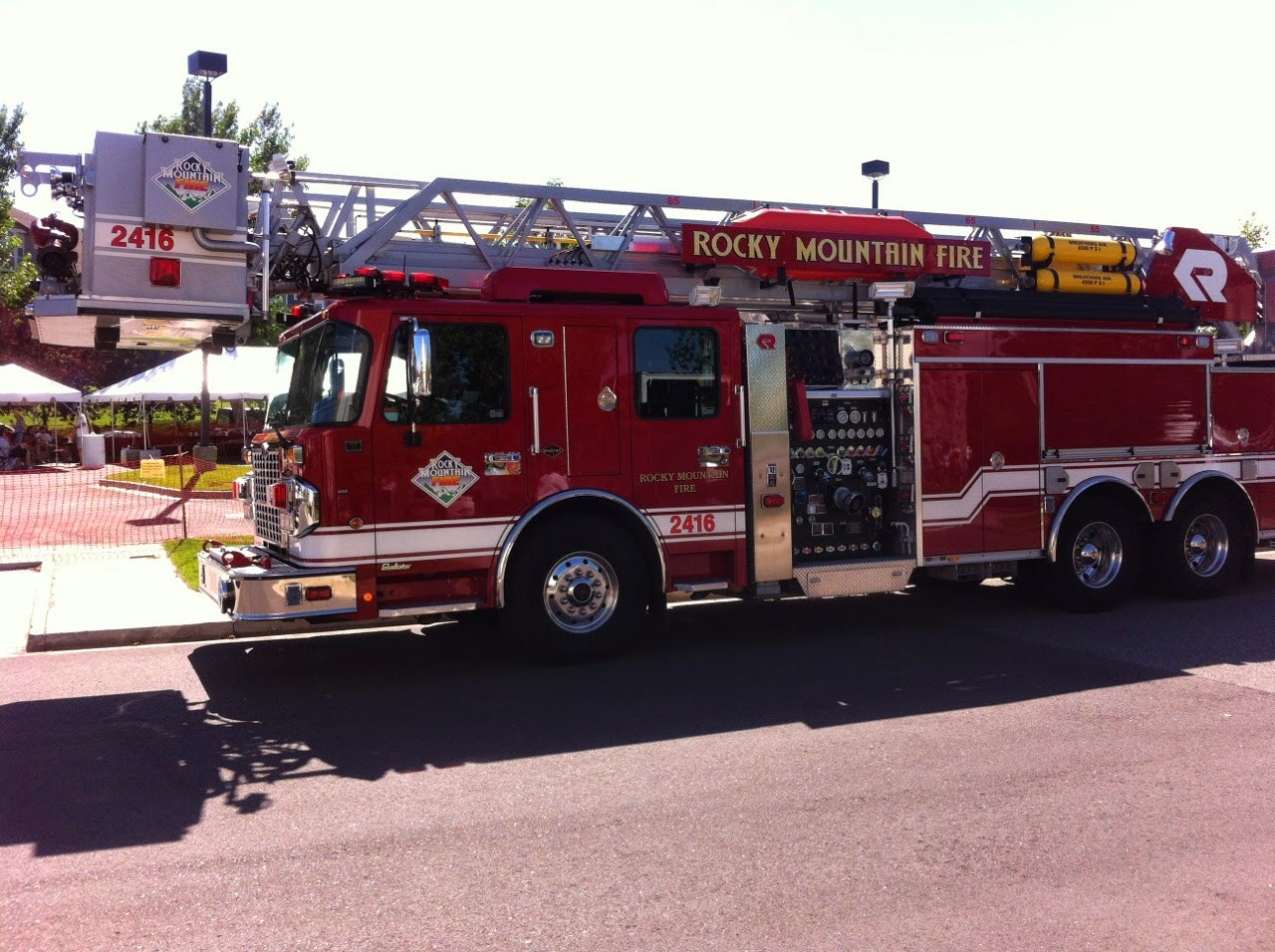
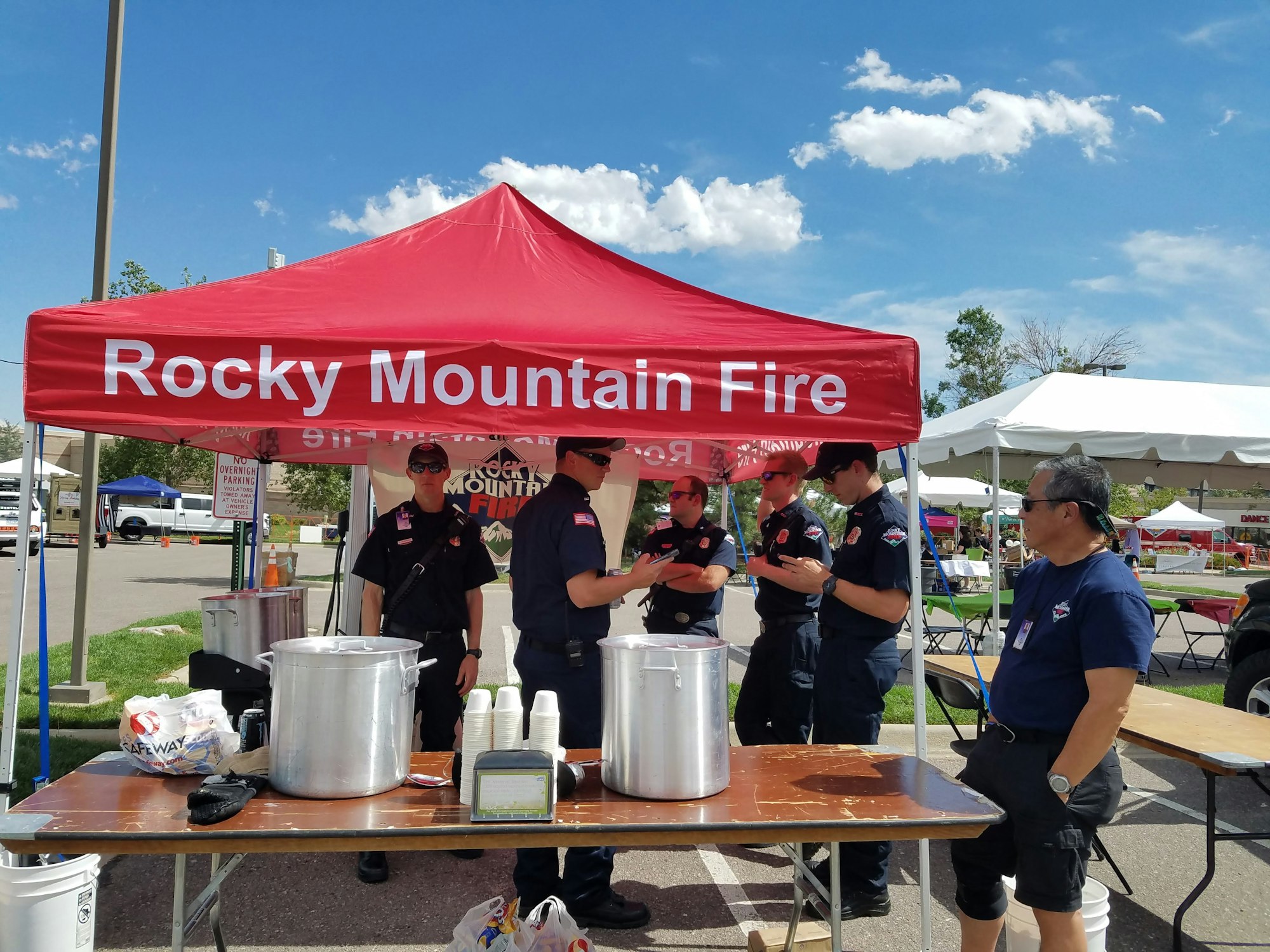
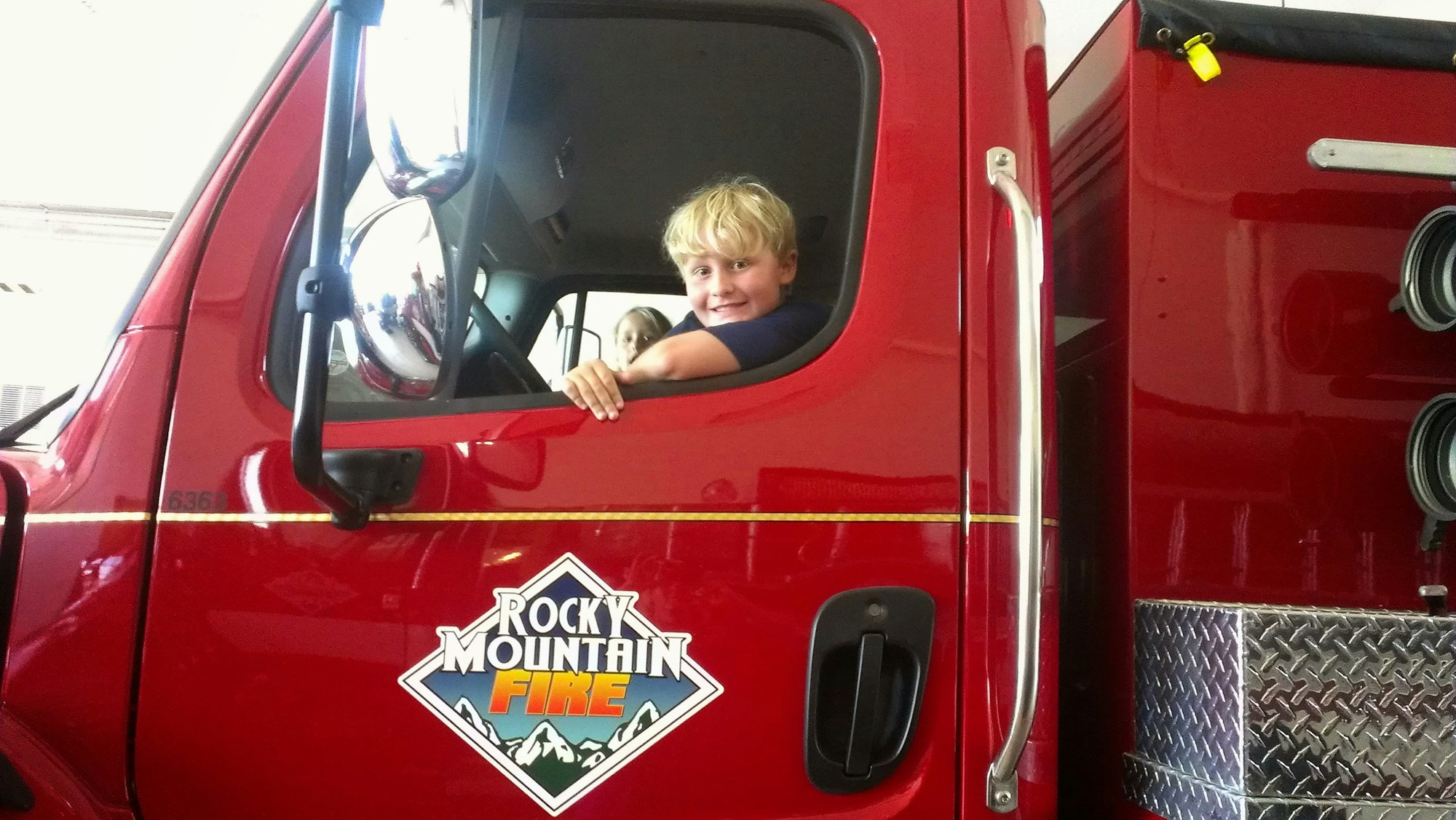
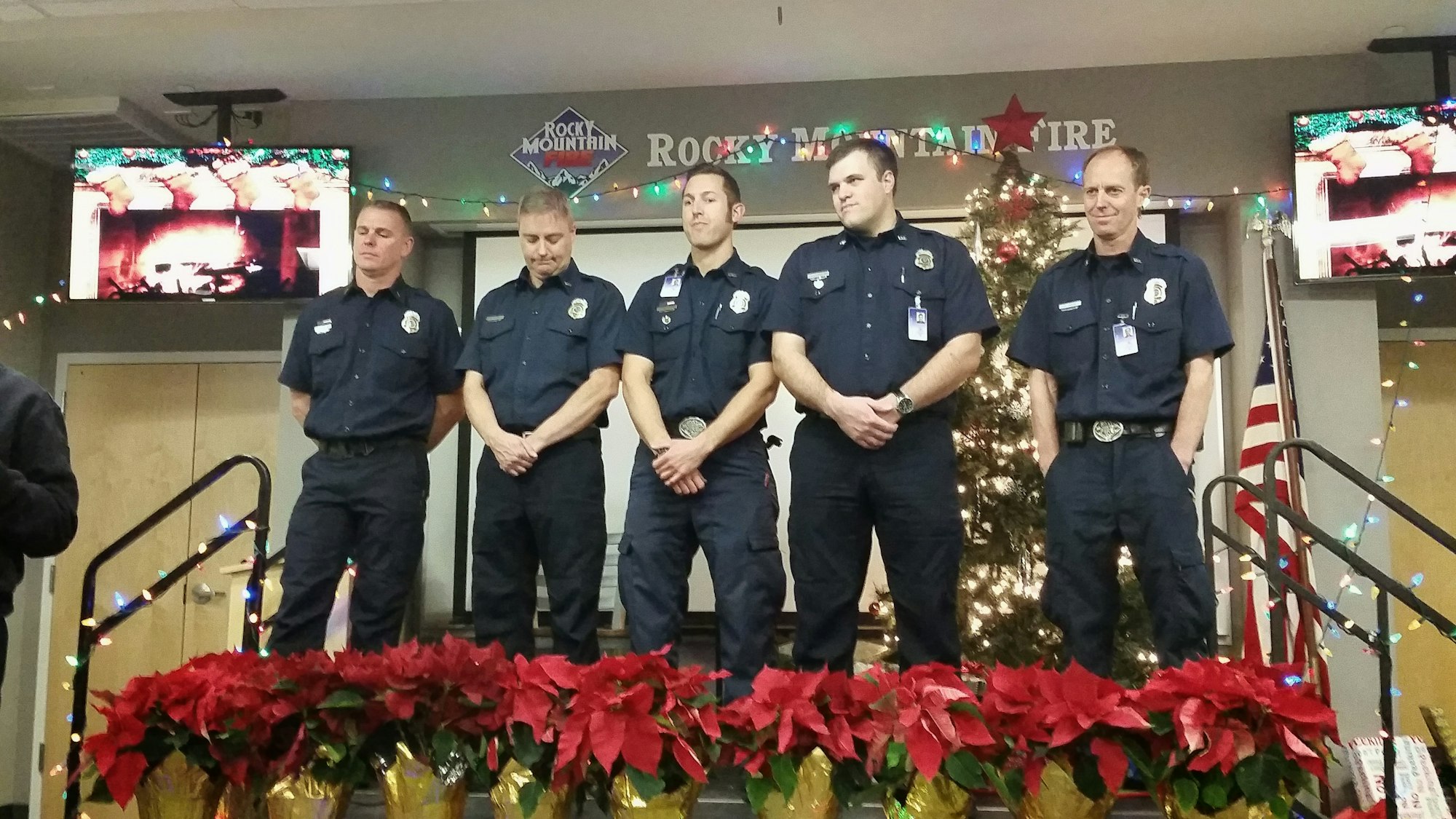
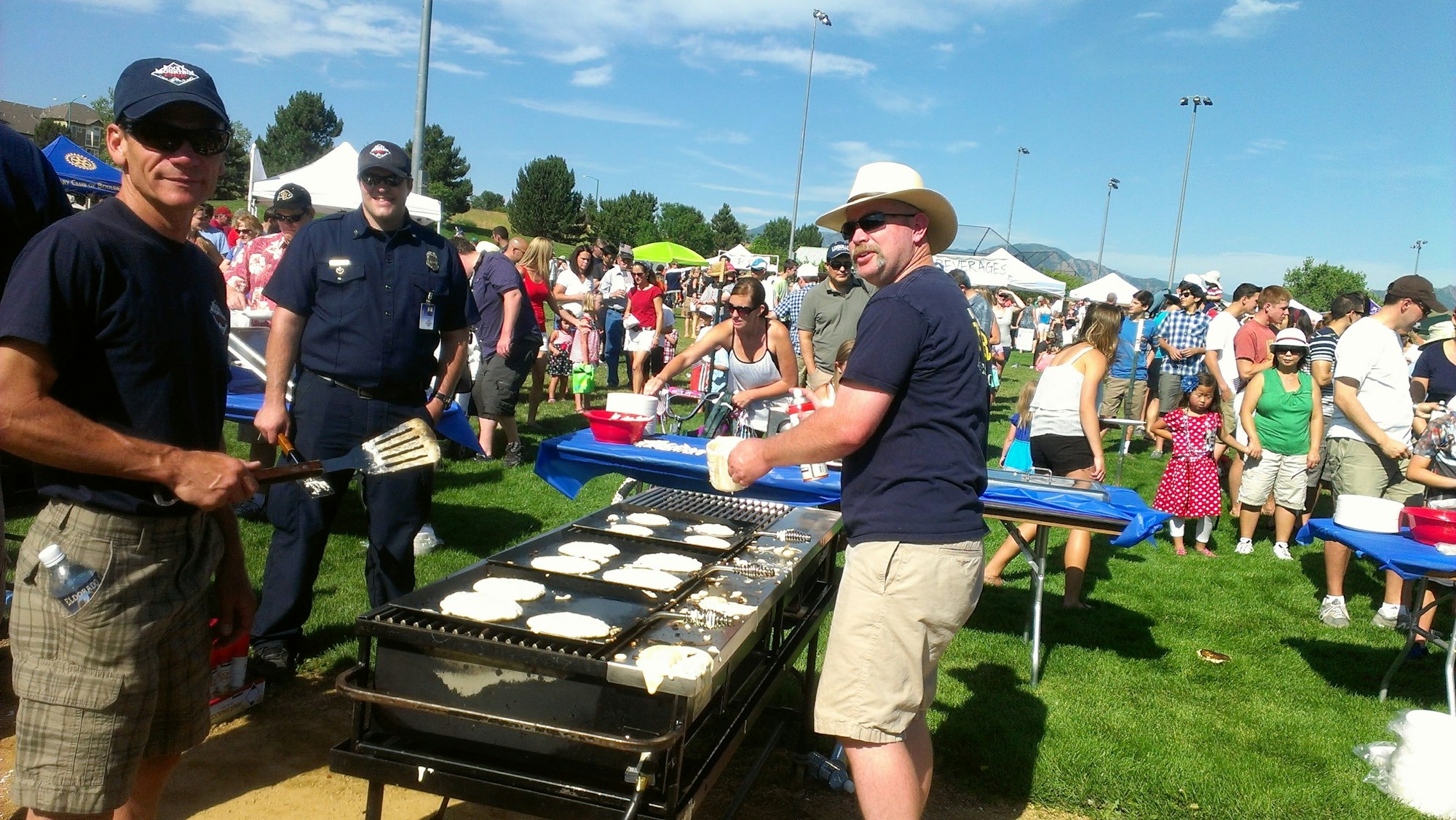
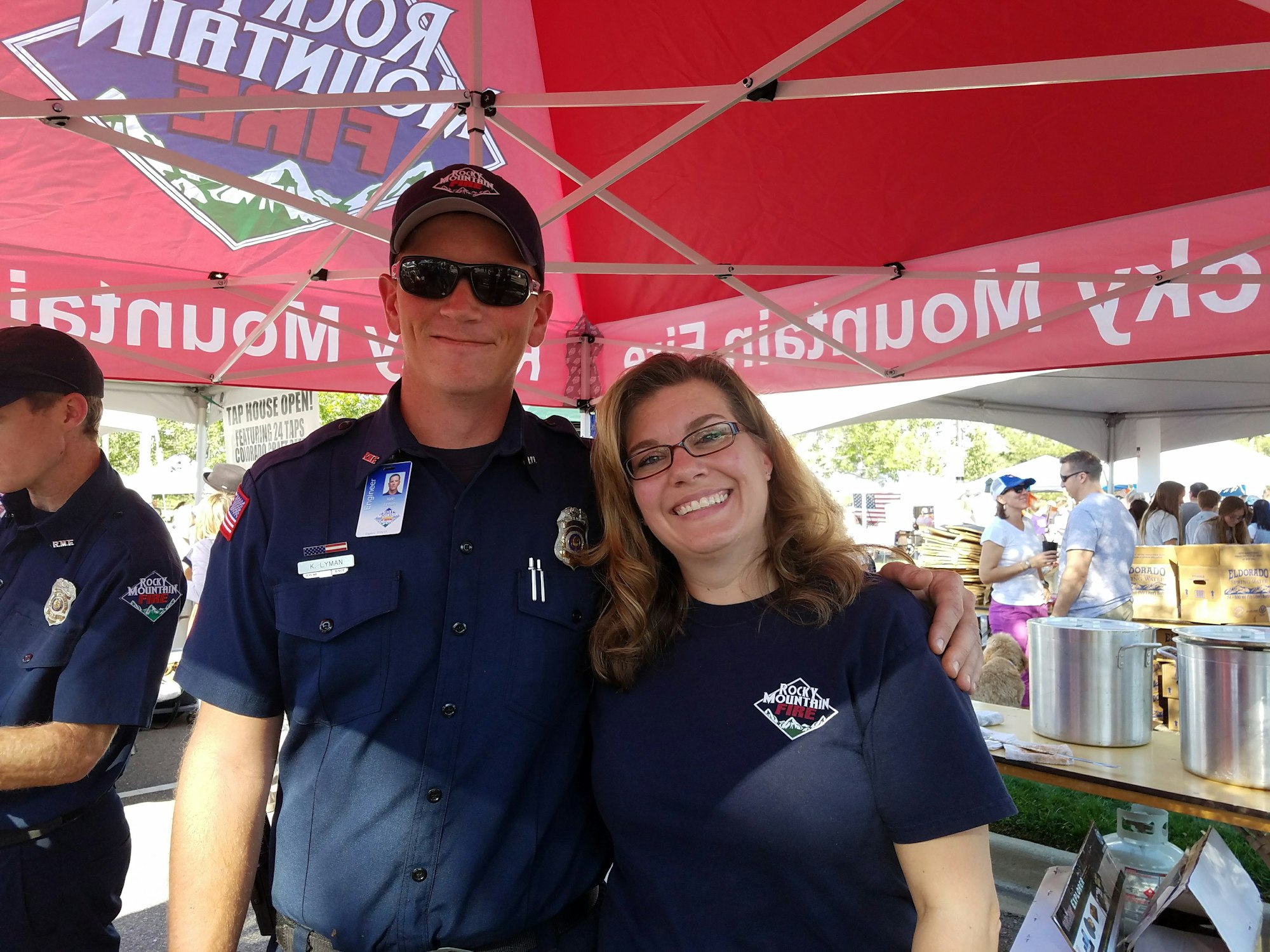

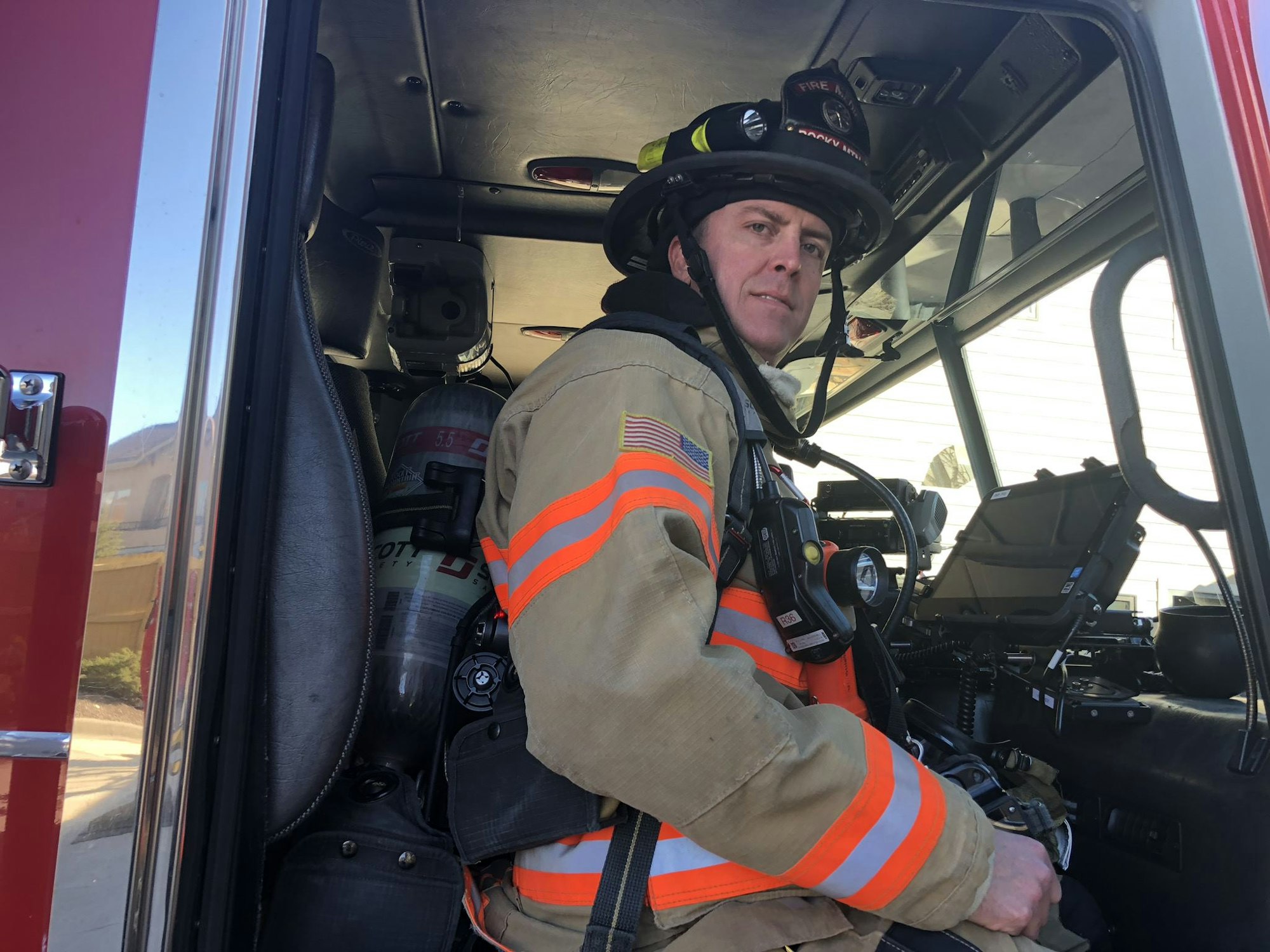

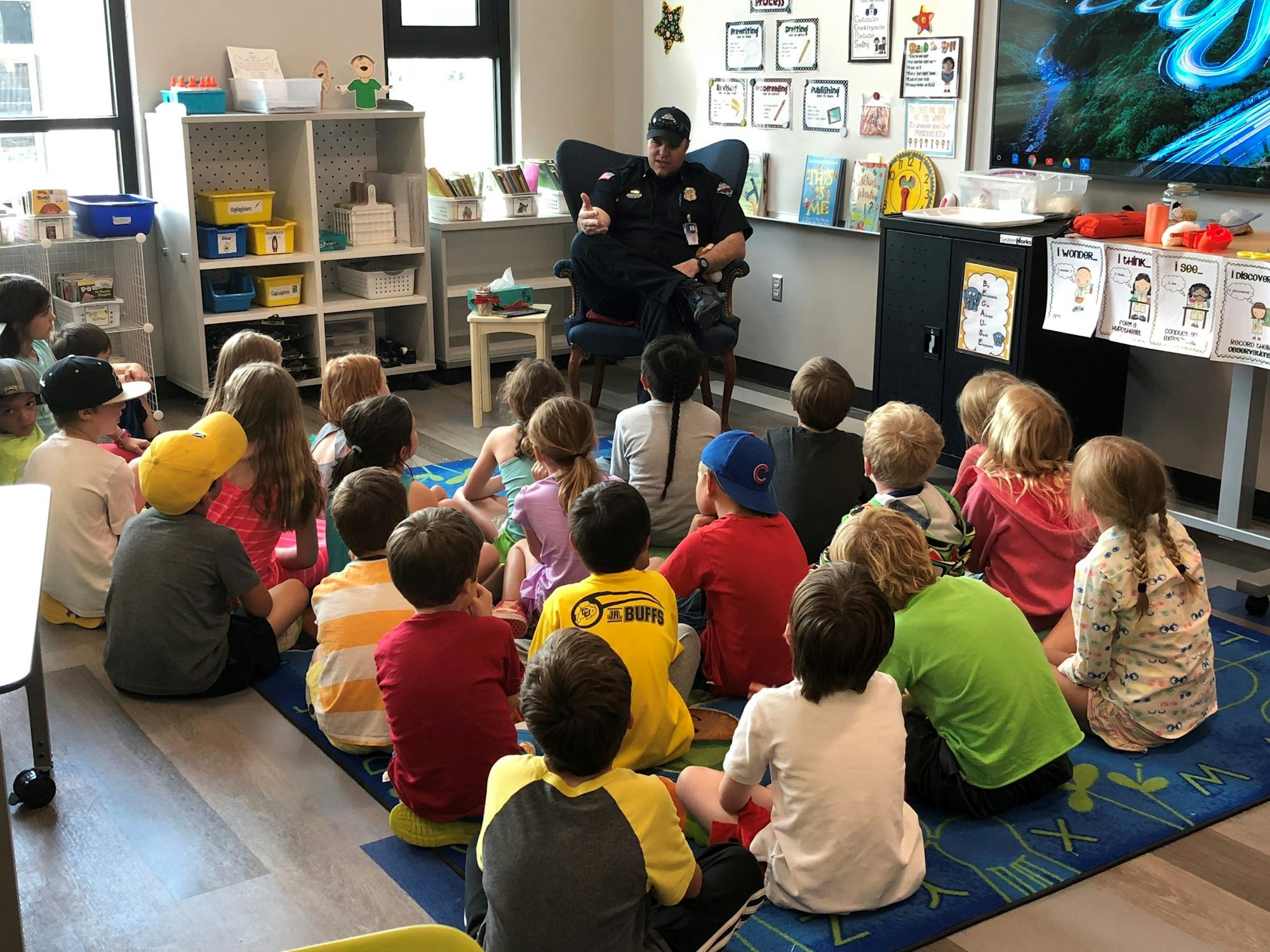
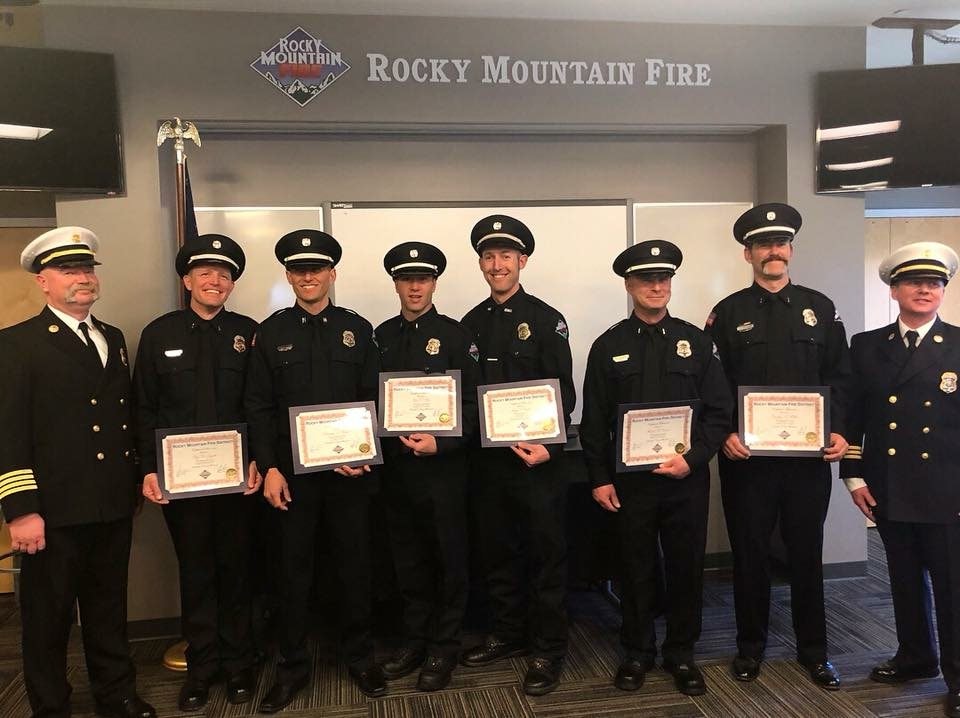
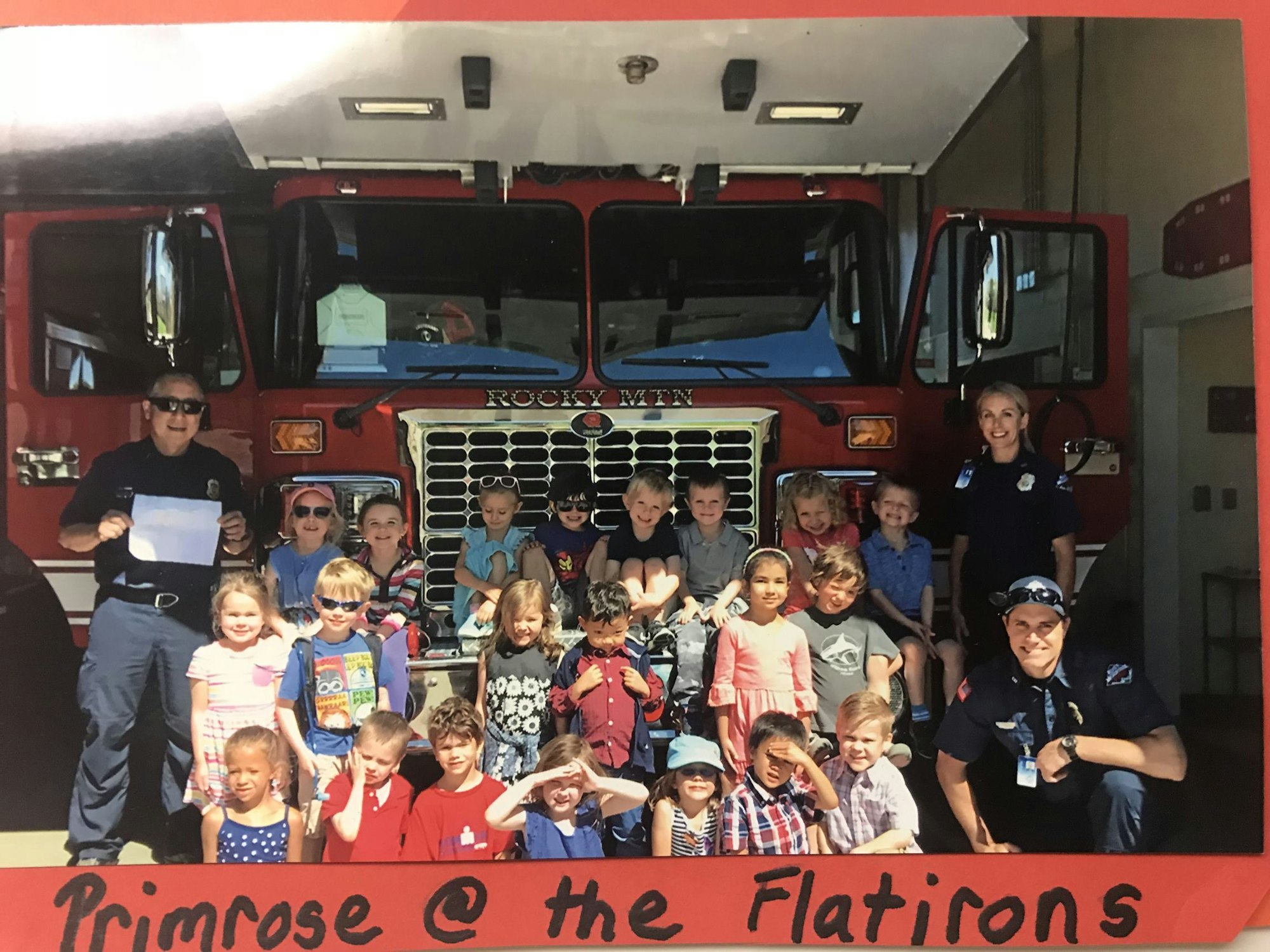
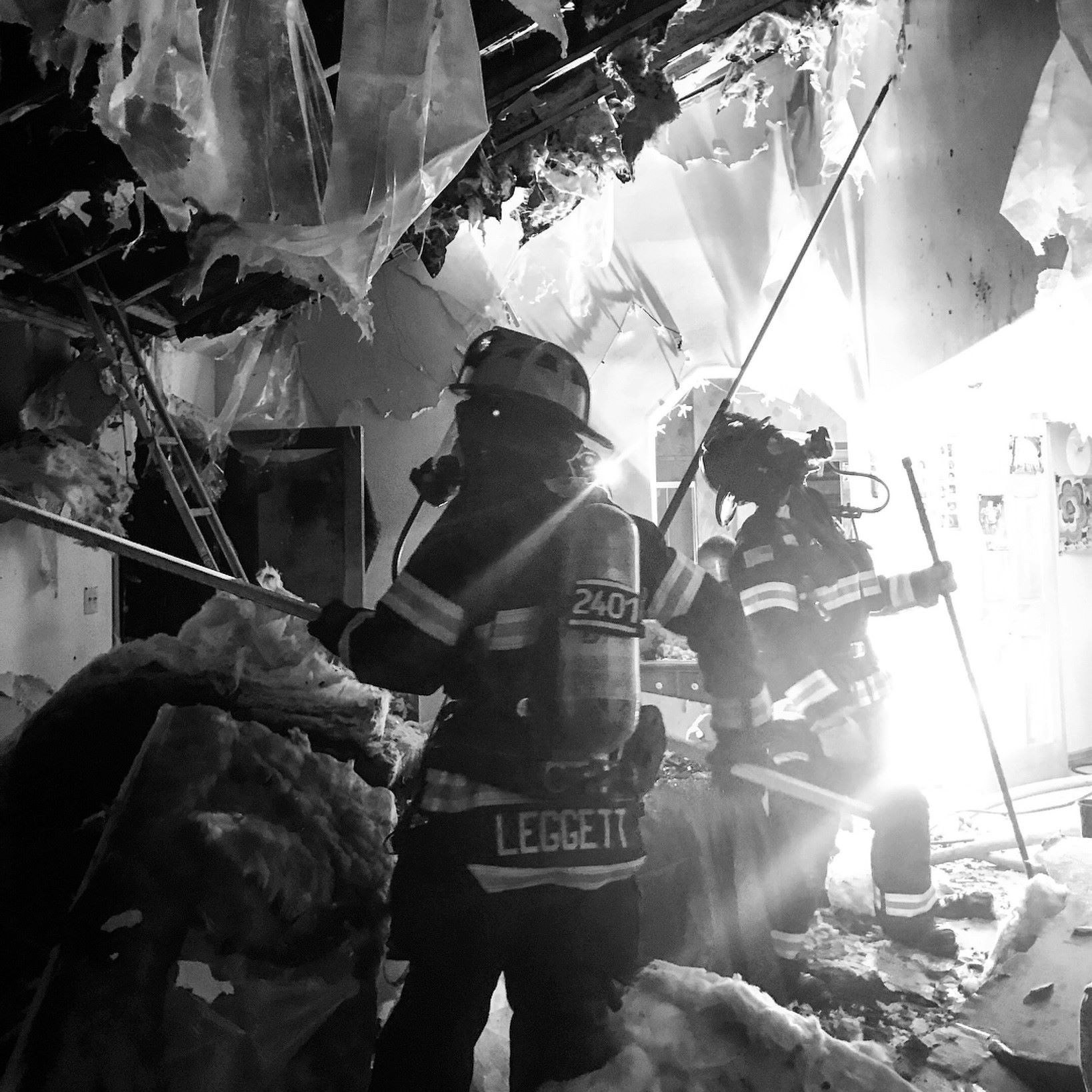














History Cherryvale Fire Protection District
The Cherryvale Fire Protection District (CFPD) began in 1958 as an organized volunteer civil defense unit under the name "Rural Defense District #3". The initial concept for the department was originated by a small group of women on Cherryvale and Gapter roads who were concerned about fire and rescue services for the area east of the City of Boulder.
The civil defense status enabled the group to obtain used equipment through the government. Two fire trucks, a jeep, and an ambulance were the first vehicles acquired by the district. With funds generated by 104 participating families, land was acquired and through other donations of money, time labor and surplus materials the Headquarters Building (the present Station #2) was built in 1959.
Under the administration of Joseph Kent, the first Fire Chief, the volunteers were organized and trained as a firefighting crew. Firefighters were summoned to the aid of others by a huge, roof-mounted siren that was connected to the local Civil Defense system. Members fought fires, assisted during floods, search and rescue missions, and was always available to help neighboring agencies when called.
In 1966 the department discovered that daytime response to the area was falling short. Membership needed to be increased to improve response. A group of interested women was organized and trained and became a valuable asset to the organization.
Cherryvale was one of the few non-tax supported fire departments in the area, membership fees and donations were the only means of support. All donated funds received were allocated for fire protection in the form of improved equipment, maintenance, and fixed operating expenses. Helmets, bunker coats, pants, and boots were purchased by each individual firefighter. The fire and rescue services were available to all families in the area, whether or not they were members of the department. By 1968, membership in the area had swelled to some 700 families.
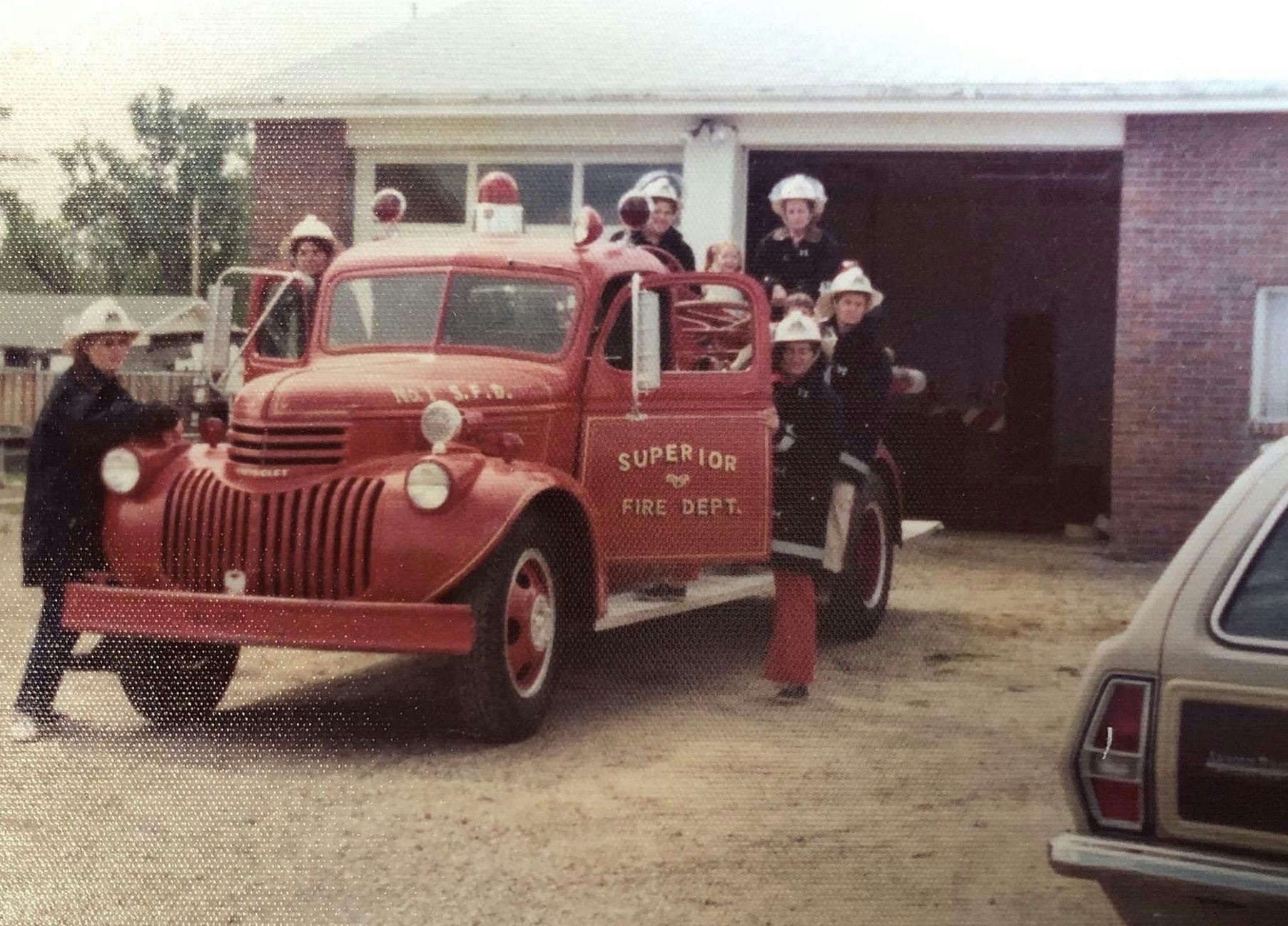
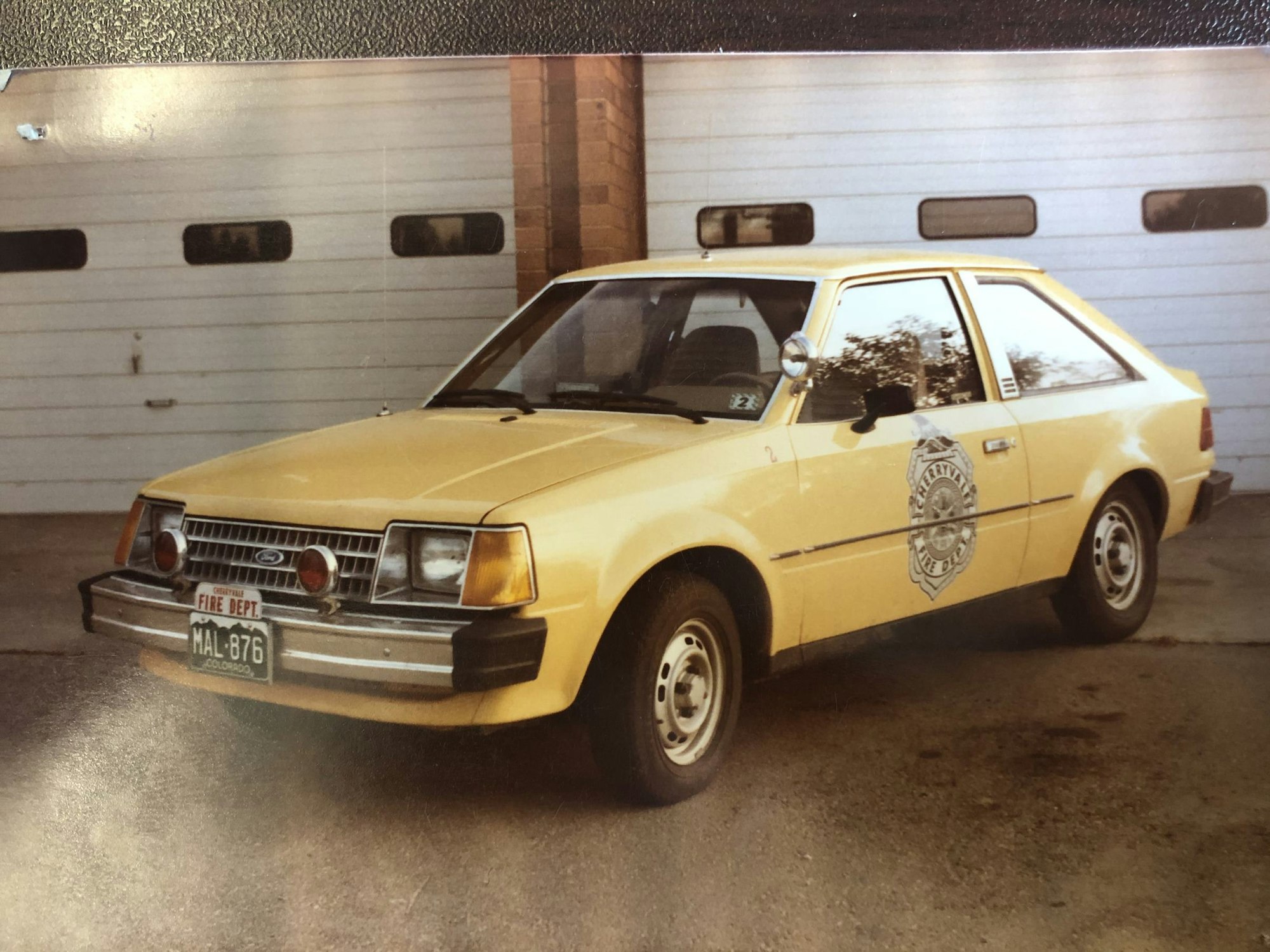
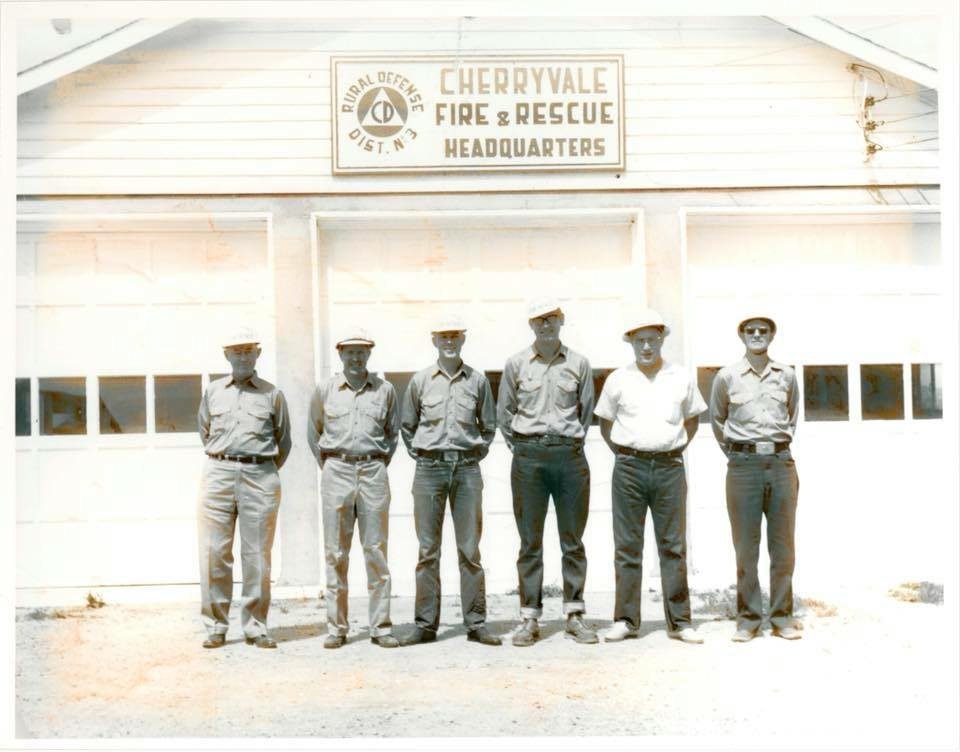



The Cherryvale Volunteer Fire Department evolved and the siren on top of the station became obsolete (as well as a nuisance). Plectron radio receivers were distributed to firefighters and kept at their homes. These devices monitored the sheriff departments designated radio frequency and were triggered by a set of radio tones. Plectrons would make a loud high pitched tone that would alert firefighters of a call. Some of these devices would turn lights on in members homes. Responders would then be able to listen to the device and hear information about the call from a sheriff department dispatcher. Members would then walk, run, drive, bike or otherwise make their way to the fire station and respond to calls.
1971 saw the formation of the Cherryvale Fire Department Inc., (CFD), a non-profit organization. This status allowed the organization to own land, equipment and vehicles in its own name. Membership rose to 900 families and a mutual aid agreement was signed with neighboring fire departments. Mutual aid has been an indispensable part of the cooperation between fire departments in Boulder County. It, in effect, allows fire departments to go anywhere they are needed within the county and assist other agencies.
In 1974 Cherryvale’s response area had increased to cover nearly 1200 families. With the population on the rise and the districts residents moving further east the need for additional equipment was needed. With donations of material and labor, Station-1 was built, and equipment housed. Response times to the area around station-1 were cut in half by the addition of the station.
The Cherryvale Fire Department has always been assigned to provide fire protection to the Flagstaff Mountain area, directly west of the city of Boulder. Response times to Flagstaff averaged approximately 30 minutes. Combined with periods of extremely dry conditions and the limited water supply for the area, concerned residents asked for assistance in organizing a firefighting unit on the mountain. Station #4 was erected in 1977 to reduce the response time to the mountain-based community. Several 4x4 and 6x6 water tenders, engines, and equipment needed were acquired and located at the Kossler Lake station.
By 1978 the only way to offer fire protection with quality equipment, was to establish a tax district and pass a bond issue. By an overwhelming majority of voters, the Cherryvale Fire Protection District (CFPD) was formed. This district was governed by an elected board of 5 members which allowed for taxation of its constituent base to provide and maintain needed fire and rescue services. The board provided a direct link for public comment and means to address emergency response concerns.
In 1982, Ambulance response times within the fire protection district were becoming excessive. The Cherryvale Fire Protection District started providing Emergency Medical Service to its constituents. Shortly there after the district, under the direction of Chief Scott Snyder, purchased and equipped two Ford Escorts to be used as rapid medical response vehicles. Members trained in first-aid would take the vehicles home and respond when needed. This was the very beginning of Cherryvale’s Med-Car Program and EMS Operations.
In 1989 CFPD seeing a need for additional equipment and space remodeled station-1 adding two bays and office space.
By 1996, with steady growth in the Station 1 and 2 area along with rapid growth in the Superior and Flagstaff areas, the need for additional service and funding was needed. Superior, then some 3000 residents strong, wanted improved response times and additional service for their area to include the construction of a new station in the Rock Creek subdivision. The District decided to put these issues on the ballot in the 1996 general election to help resolve its financial needs. The election passed paving the way for the future of the agency.
Under the direction of Chief Mike Tombolato, the department made a financial agreement with the town of Superior to rent a house near Station 3 and place firefighters in the house. The Cherryvale Fire Residency Program began in April of 1996. Three Firefighters put in two twelve-hour shifts a week in return for housing.
In the spring of 1997, funds from the election went toward hiring a wildfire mitigation crew. The crew function is to provide rapid and effective initial wildland fire suppression and emergency medical service to the Flagstaff Mountain area, and to reduce wildfire exposure to the citizens, and their property through mitigation techniques.
CFPD hired its first full-time, line firefighters in August of 1997 to supplement the daytime response. With the success of the Residency Program in Superior, Cherryvale decided to expand the program in 1998. CFPD purchased a house across the street from Station-1 and hired 4 resident firefighters to increase coverage in the north district. With volunteer, resident, and career firefighter ranks now staffing district fire stations 24 hours a day, the Med-Car Program was retired from its 15 years of service.
By the fall of 1999, Station-5 in Rock Creek was constructed. Our first 105-foot aerial ladder truck was placed in service and firefighters began response for the town from there. These improvements to service along with the addition of more full-time firefighters helped CFPD reduce its ISO rating to a 4 in the Superior area. CFPD completed Phase I of a remodel project to Station-1 in 2001. With full-time staffing in Superior, the resident firefighter program was condensed into one home in the North district in April of 2002. By December 31st of 2003, CFPD had full-time career firefighters staffing the North area and the resident firefighter program was phased out.
The Cherryvale Tracking Team, under the guidance of Floyd Clifford, assisted in search and rescue and worked to reduce the number and extent of injuries due to exposure. Its trained bloodhound, pack mules, and four-wheel drive truck were available for use by the Cherryvale Fire and Rescue Department.
The Eldorado Springs Marshall Fire Protection District began in 1950. The Eldorado Improvement Association, an organization dedicated to promote community welfare, determined in the late 1940’s a need for fire protection in the Eldorado Springs and Marshall area south of the City of Boulder. Money was obtained from donations and a benefit dance and in January of 1950 an army surplus truck with an American La France fire pump was purchased along with other firefighting equipment.
The group realized that the cost of providing fire protection could not be supported from perpetual fund raising events and that costs needed to be shared with those who would benefit from the new service. The group circulated a petition requesting the formation of a special tax district. On August 21st, 1950 the Boulder County District Court read and agreed with the petition and the Eldorado Springs - Marshall Fire Protection District was formed. Lawrence E Burkey, Fred W Birnbaum, A. Glenn Hedgecock, Jr, and Jack W. Fowler became the first board of directors for the new district.
The district continued to evolve. Volunteer membership increased, and a need for additional equipment and more space for apparatus was needed. Ralph Bixler, a local land owner, donated space for a fire station to be built. In 1961 a fire station was constructed at 4390 Eldorado Springs Drive where the station has housed equipment and provided valuable training space for firefighters since.
The district responded to multiple fire and emergency medical calls and has worked regularly with neighboring fire districts. By 2006 the Fire districts volunteer ranks began to diminish especially membership from local residents. This coupled with an increase in administrative duties; the district began negotiations with the Cherryvale Fire Protection District to merge into one. Today the citizens of Eldorado Springs and Marshall are protected by the combined firefighting strengths of both these districts now called the Rocky Mountain Fire District.
